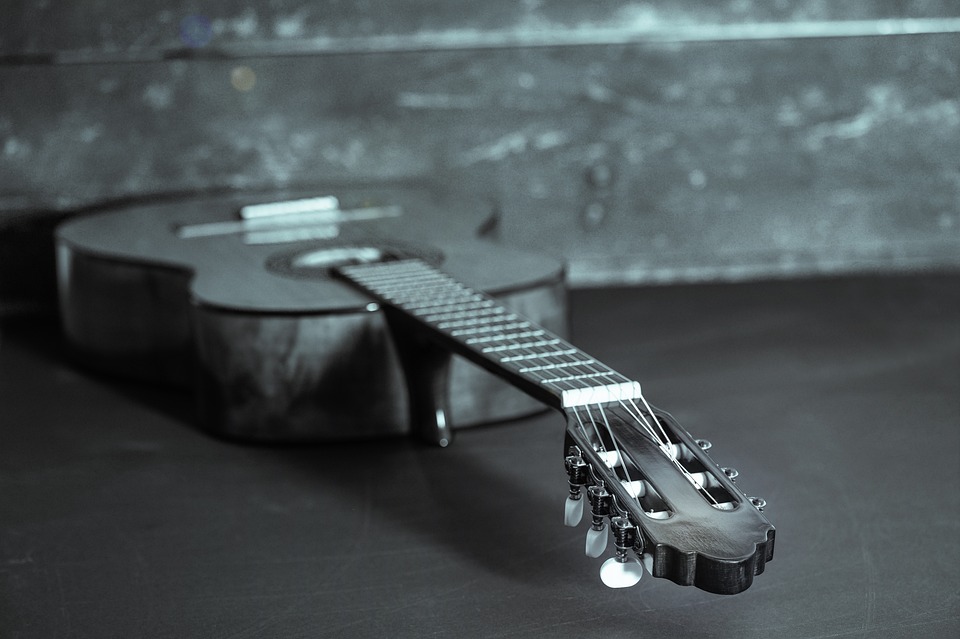The Acoustic Guitar in Folk Music
Folk music has long been associated with the acoustic guitar. The simple, yet versatile instrument has been a staple in the genre for centuries, providing a foundation for countless songs and melodies. From traditional ballads to modern interpretations, the acoustic guitar plays a crucial role in shaping the sound and feel of folk music.
History of the Acoustic Guitar in Folk Music
The acoustic guitar has a rich history in folk music, with roots dating back to ancient times. In traditional folk music, the guitar was often used as a solo instrument to accompany singing or storytelling. Its portable nature made it a popular choice for traveling musicians, who would bring their guitars along on their journeys from town to town.
As folk music evolved over the years, the acoustic guitar continued to play a central role in shaping the sound of the genre. In the 19th and 20th centuries, the guitar became more widely accessible, leading to its increased popularity in folk music circles. Iconic folk musicians such as Woody Guthrie, Bob Dylan, and Joni Mitchell helped to cement the guitar’s place in the genre, using it to convey powerful messages and emotions in their music.
Characteristics of the Acoustic Guitar in Folk Music
One of the most distinctive characteristics of the acoustic guitar in folk music is its warm, resonant tone. The natural wood construction of the instrument gives it a rich, full sound that is well-suited to the storytelling nature of folk music. The guitar’s ability to convey emotion through its sound makes it a powerful tool for folk musicians looking to connect with their audiences.
The acoustic guitar is also known for its versatility in folk music. It can be used in a variety of ways, from simple strumming patterns to intricate fingerpicking techniques. This versatility allows musicians to explore different textures and dynamics in their music, adding depth and complexity to their songs.
Playing Styles and Techniques
There are several playing styles and techniques commonly used in folk music that showcase the versatility of the acoustic guitar. Fingerpicking, for example, is a popular technique that involves plucking the strings with the fingertips to create intricate melodies and harmonies. This technique is commonly used in traditional folk ballads and storytelling songs, adding a delicate, intimate quality to the music.
Strumming is another common technique used in folk music, where the guitarist uses a pick or their fingers to rhythmically strum the strings. This technique is often used in more upbeat, energetic folk songs, adding a driving, percussive element to the music.
Open tunings are also commonly used in folk music, where the guitarist tunes the strings to create a unique, resonant sound. This technique allows musicians to experiment with different chord voicings and harmonies, adding a rich, layered quality to their music.
Modern Interpretations
While the acoustic guitar has a long history in traditional folk music, modern interpretations of the genre have pushed the boundaries of what is possible with the instrument. Contemporary folk musicians such as Fleet Foxes, The Tallest Man on Earth, and Iron & Wine have brought new techniques and ideas to the genre, incorporating elements of indie, pop, and rock music into their songs.
These artists often experiment with different tunings, rhythms, and textures, creating a fresh, innovative sound that pushes the acoustic guitar to its limits. From intricate fingerpicking patterns to atmospheric soundscapes, modern folk music continues to evolve and expand, with the acoustic guitar at its core.
Conclusion
The acoustic guitar plays a central role in shaping the sound and feel of folk music. Its warm, resonant tone and versatile playing styles make it a powerful tool for musicians looking to convey emotion and connect with their audiences. From traditional ballads to modern interpretations, the acoustic guitar continues to inspire and captivate listeners with its timeless sound.
Whether used as a solo instrument or as part of a larger ensemble, the acoustic guitar remains a fundamental element of folk music, carrying on a rich tradition that spans centuries. Its ability to convey stories, emotions, and messages through its sound ensures that it will continue to be a vital part of the genre for years to come.

Leave a Reply